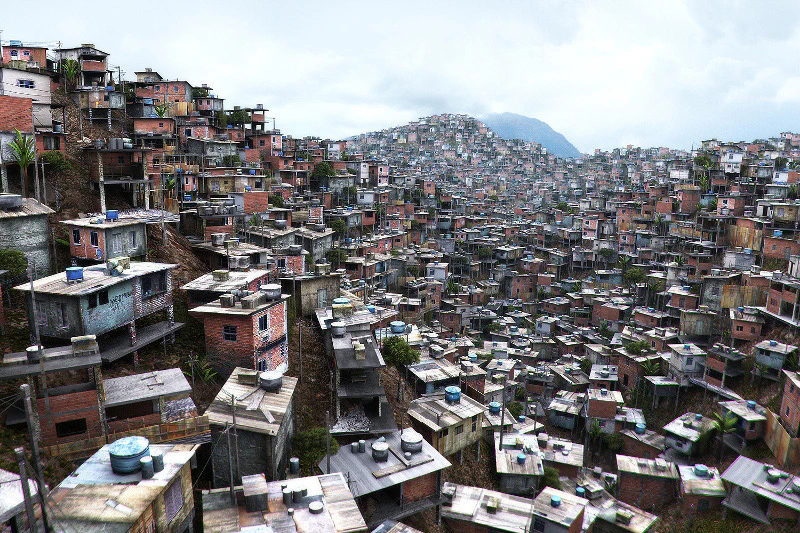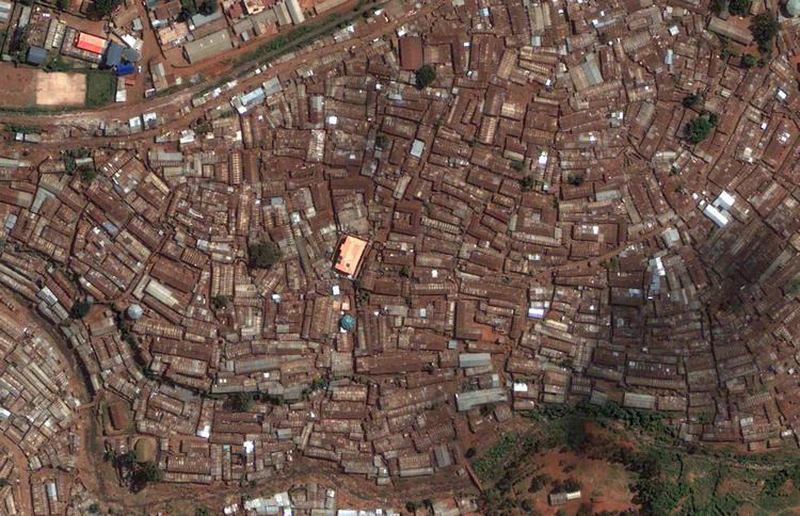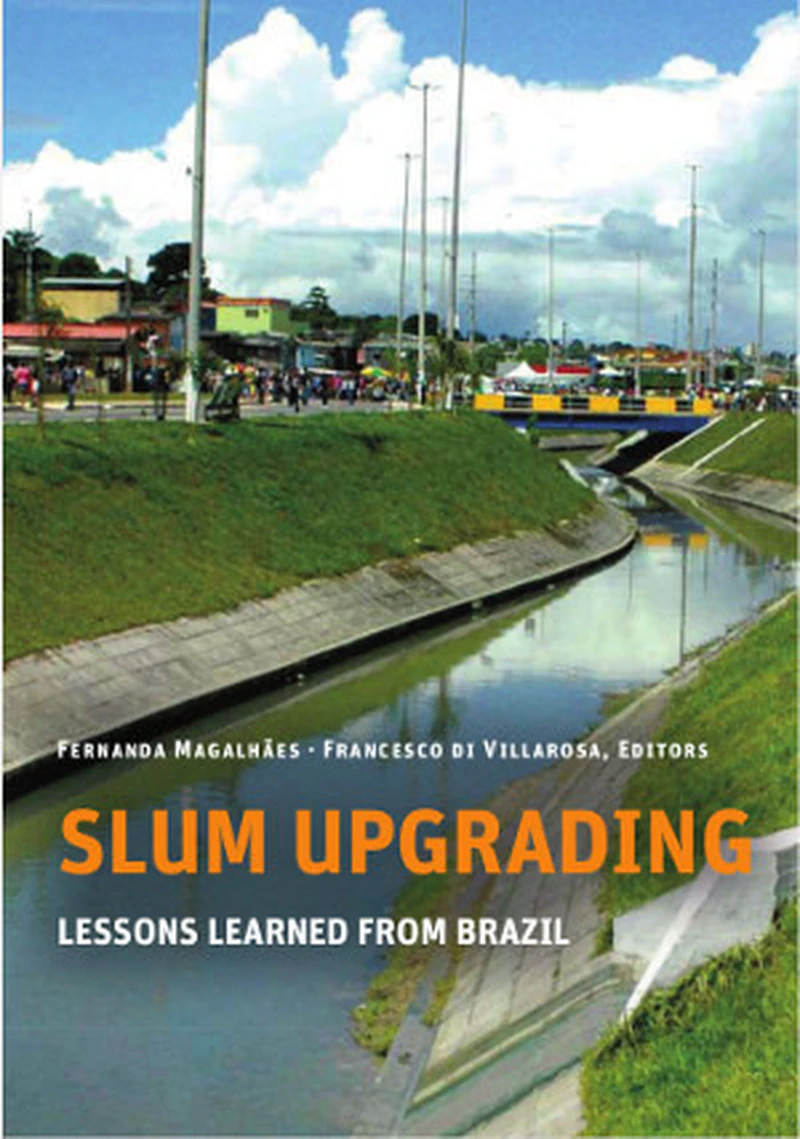During my last conference (living organizations) I tried to explain why I didn’t think it was appropriate to understand your organization and its expansion with an organizational chart but rather a thought pattern. For this, I tried to find references in what surrounds us, nature, two extremes: the crystal for what is organized in the Cartesian, fractal sense of the term, and at the other end the termite mound, the largest natural construction (aside from those of humans) that starts by chance, and is built on emergence (I will return to all these reflections in a mini book that will hopefully follow “la horde agile”).
see this article about the crystal.
To explain these different topologies and forms, as well as a certain thought pattern, I relied on catastrophe theory: see this previous article on catastrophe theory. This theory is based on dynamics and very intuitive images: tearing, folding, sewing, generating, etc.
Imagine a city in the image of your organization: a neighborhood suddenly grows and splits, such dynamics cause a neighborhood to clog up, or empty out, or a new neighborhood is generated, etc… I thus take up all this terminology from catastrophe theory.
But if we pushed it without reason or without meaning in a way, and taking up the image of the city, we could very well end up with slums that seem to respect these dynamics perfectly.

Slums
No one wants to live in a slum: unhealthiness, insecurity, etc. are the opposite of our aspirations. However, certain aspects of slums may interest us: a way to adapt as well as possible to space, maximum exploitation of the raw material offered, (and perhaps very interesting communication effects to observe).
Another source of interest concerning slums: their capacity to be very large. Plenty of answers brought to those interested in large-scale organizations.

We perhaps find here at the organization level (topology, form, architecture) what made Lean and agile successful: a need to optimize value. But still, no one wants to live in a slum. On the contrary. I’m only proposing an ongoing reflection but what I mentioned as a lead during this conference is perhaps the search for the best of both worlds in a way: the organic and spatial optimization of slums without unhealthiness and insecurity, with meaning and wealth creation.
Lessons from Brazilian favelas

Slum upgrading lessons from Brazil
While researching slums, I came across a consolidated report on the lessons learned from the improvement of Brazilian slums: the lessons learned from slums that managed to get better. Reading this report: Slum upgrading lessons from Brazil I almost fell off my chair because I had the impression that the said lessons seemed to come straight from a Lean/Agile organization manual. But listen rather:
How to make a slum better?
To get out of it, you need:
- Administrative autonomy
- Continuous training
- Diversity of housing
- Incremental installation of water basins
- Proximity between housing and workplace
- Multidisciplinary team
- Step-by-step change
How to maintain a better state?
Maintaining this organization in good condition means:
- Encouraging socialization
- Problem-solving must be decentralized
- Creating communities
- Involvement comes from transparency
- Using real metrics
- Vision is collective, through consensus
- Incorporation of new heads, external perspectives
Giving meaning, communication is key
In fact, we observe more globally that communication and group dynamics are key to giving meaning and having a positive dynamic. Communication was also the most important point in my conference regarding the element that constitutes our organizations: us.
Growing is not about massification, nor repetition
Finally, and to return to this famous debate on large-scale organizations. I have nothing against organizations that want to grow, the important thing in my eyes, if I refer again to an analogy with nature, is to avoid inertia, immobility, everything changes, all the time. But if you want to grow, a final lesson from Brazilian slums, the report tells us that growing properly means:
- Growing doesn’t mean getting bigger, massifying (scale up versus mass)
- Growing doesn’t mean repeating (scale up versus repetition)
- Perverse effect of cost reduction
This touches two central points of agility:
No longer believe in linearity, nor in repeatability. The world changes too fast and linearity or repeatability are an illusion (even if sometimes I wonder whether permanent change isn’t a comfortable way of not facing real problems?). Small aside, if today people increasingly use the word Lean it’s because it looks good, it’s serious, it’s the industry behind it that emerges through Toyota, repeatability. They are seriously mistaken in this case: the era is no longer about that but about constant adaptation advocated by agility, which is simply modern Lean.
Regarding cost reduction, I will only quote this phrase (which I think is from Peter Drucker, but I’m not sure): if you follow costs, you generate costs, if you follow value, you generate value.